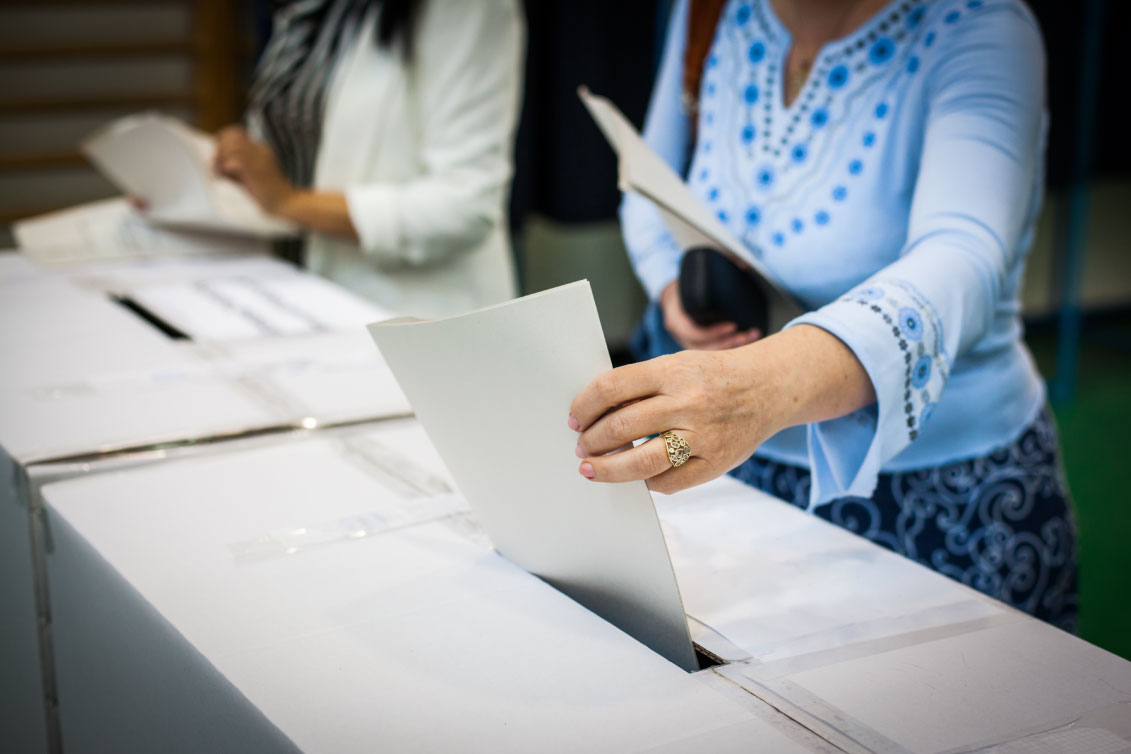
What will be the future role of Thermal Printing in voting processes?
According to the site verifiedvoting.org, the November 2018 elections continued to see a mixture of voting technologies across the United States that ranged from mail-in only ballot casting in some States, to highly automated solutions, for instance more than a State, today has DRE and VVPAT in almost all of its voting districts.
While States and the Federal Government, and even the courts, set the guidelines and the standards that drive the way in which the voting process guarantees a fair outcome, there are a number of factors that continue to influence how solutions for capturing votes have been developed, are being developed and will change.
In 2018, the Help Americans Vote Act (HAVA) signed into law $380M in grants for states to make election security improvements: these include replacing aging voting equipment and voting equipment that does not provide a paper audit trail. The further introduction of senate bills, yet to pass into law, will push states to expand the use of paper over concerns of transparency, dependability and security of electronic systems.
What is clear is that maintaining accountability through a multitude of electronic safeguards and hard-copy auditing trails is very important to many watchdog groups. The use of paper, be it in the form of printed ballots or real-time audit data loggers (VVPATS), is not going away.
In our 2018 white paper, we look at Ballot Marking Devices, Digital Recording Equipment (DRE) and Voter Verifiable Paper Audit Trail (VVPAT) peripherals. We also examine the characteristics of thermal paper and its role (current and potential) in the ballot casting process.
To receive the full article on Thermal Printing in Voting, send us a request thru the Contact page.
